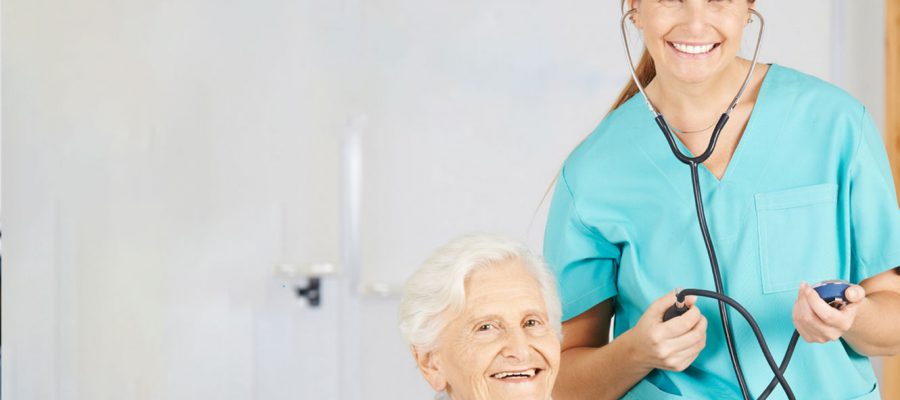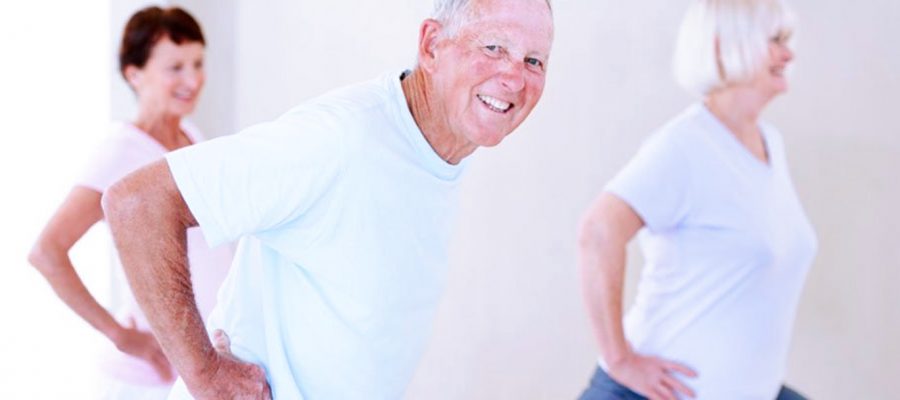 Unless you’ve been on a cultural hiatus for the past year or two, you must have come across a blog or conversation about mindfulness, a meditation practice that is a remedy for our post millennial pace. This practice is offered as an antidote to all that hustle and thrum of non-stop images, messages, and reminders of incompleted tasks, money worries, economy woes, the daily overload of noise spilling over even into our fitful sleep. If this describes the life you are living too, you are in good company. In August of 2014, 72% of Americans reported feeling stressed about money at least some of the time as reported in the American Psychological Association’s “Stress in America” survey. And 80% report feeling stress on the job according to Stress.org. Nearly half of workers surveyed say they need help to manage stress themselves, while 42% say it’s their co-workers who need help managing stress. Hmm…so if it’s not you, it’s your coworker who’s wrapped too tight!
Unless you’ve been on a cultural hiatus for the past year or two, you must have come across a blog or conversation about mindfulness, a meditation practice that is a remedy for our post millennial pace. This practice is offered as an antidote to all that hustle and thrum of non-stop images, messages, and reminders of incompleted tasks, money worries, economy woes, the daily overload of noise spilling over even into our fitful sleep. If this describes the life you are living too, you are in good company. In August of 2014, 72% of Americans reported feeling stressed about money at least some of the time as reported in the American Psychological Association’s “Stress in America” survey. And 80% report feeling stress on the job according to Stress.org. Nearly half of workers surveyed say they need help to manage stress themselves, while 42% say it’s their co-workers who need help managing stress. Hmm…so if it’s not you, it’s your coworker who’s wrapped too tight!
It may be time for more of us to step into the calming waters of mindfulness as a lifestyle, especially medical patients, people in any type of treatment protocol, or those who are caregivers for someone who is. Mindfulness, though it may present a huge behavioral leap, brings a most helpful basket of healing rewards to even the casual participant.
But, before we ride a somber train to Quiet Town, it may help to know that the practice of mindfulness goes far beyond sitting on a cushion or a chair with eyes closed, watching a ping pong match of bouncing ball thoughts. If you look at the results of mindfulness practice, you’ll find the powerful effect that it has on the brain, both on the cushion and off. One part of the practice is dedicated to observing and quieting the mind. The rest is about infusing the practice into everyday life.
In this blog, we will reference Mindfulness Based Stress Reduction (or MBSR), developed by Jon Kabat-Zinn in 1979. He introduced mindfulness training as a coping skills workshop for cancer patients and those with chronic pain at University of Massachusetts Medical Center. The method approaches mindfulness as a daily, ongoing practice of observing the mind to aid in processing events and our reactions to them. Defined as “the non-judgemental awareness of events in the present moment,” MBSR has been shown to help ease the stress of cancer treatment. The results support the inclusion of mindfulness as a stress reduction technique in medical treatment and it is now being offered to aid patient recovery in many treatment centers. MBSR was also shown to be very useful in daily pain management. Mindfulness allows you to put space between the sources of stress and what may be a useless or even destructive reaction. Put another way, mindfulness helps the body and brain absorb the blows of life without personally taking every punch.
How can MBSR help those receiving In Home Care?
In one of many MBSR research studies, patients reported a 50% reduction in pain, while those who had no mindfulness training experienced no change in pain symptoms. Similar results applied to reduction of medical symptoms, anxiety and depression, and an increase in activities. These gains were maintained long after the completion of training, which is wonderful news.
Even better, MBSR is not just for stress reduction either! Try paying very close attention to your experience in times of peace, calm, joy, laughter. You may find that you are undistracted, completely connected with experience, fully enjoying your positive feelings. What could be better than fully experiencing the joy of life, in the moment, as it is happening?
So how do you learn to practice mindfulness? What does it look like?
Daily practice can begin with as little as five minutes a day. It means sitting in a quiet place, most likely in a chair, with shoulders aligned roughly over the hips (helps to correct slouching, too!). Chair meditation is best if you do not typically sit on the floor. In this simple act of sitting quietly, following the path of your breath in and out, we not only create healthy boundaries between ourselves and the sources of our stress, but we allow the brain to rest. Just rest – no doing, not even tracking thoughts. It doesn’t matter if it doesn’t “feel like rest,” as many people report in their initial encounters with meditation. Just the act of sitting quietly and noticing what is there, but detaching from it — not following a thought to any destination or conclusion — is the preparation for remaining calm in a stressful or difficult set of circumstances.
Over time, the practice infuses our experience of daily stresses and larger life challenges. The impulse to react and ratchet up emotions is bypassed for something more considered and objective, with the physical result of lowering blood pressure, and decreasing the release of stress hormones. This, in turn, has a positive effect on brain chemistry. With consistency of practice, you can operate in a repeating cycle of healthy responses, even with stressful elements in the mix, instead of a vicious cycle.
Start with five minutes and continue to add a minute or two a week as your comfort level increases. Optimally, you’ll progress to 20 minutes. But if you don’t, you’ll still reap big benefits from any time invested. Many students report looking forward to their daily appointment with “non doing.”
Starting Small
Can’t sit still for five minutes? Start with 20 breaths. It is a simple, easy avenue into the practice of awareness. Try it now…when you finish this paragraph, just close your eyes and breathe deeply, deliberately and slowly. Notice the first breath, quietly give it the number one in your mind. Don’t concentrate on numbering as a primary task. Just keep a bit of your awareness coming back to the number of the breath in the cycle. When you get to 10, start back down with number nine next. Breathe deeply but not forcefully, feeling the breath in your nose and across the throat. Feel the air as it enters the lungs and expands the ribcage. Let your awareness capture the number of the breath you are on from time to time. If you lose track, start again where you think you left off. When you get to zero, finish the exhale, and let go of your breath awareness. Open your eyes and return to your day.
Did you try it? How do you feel?
You can add 20 breaths to your day with the easiest of transitions. Set a reminder on your phone or make a note and post it where you can see it throughout the day. If you constantly resist the invitation to take a break, ask yourself why. What is it that keeps you in a cycle of tension and pressure, forcing yourself to keep your foot on the gas pedal without rest? This alone may be a powerful practice, allowing you to see where you are choosing to remain in stress mode. It is primarily our response to stress that determines how destructive it will be for us over time, and mindfulness helps us to identify when we are in the red zone of stress and response.
Playfulness in Mind
So if that was the quiet side of mindfulness, here is its balancing pole — mindful playfulness. No matter what the circumstance, you can allow (at least for yourself) an attitude of playfulness and joy to infuse the environment, taking a break from tension, maybe even turning around a frustrating event into a manageable detour.
You are never too old to remember playfulness. We were all children once, and those memories may be prime inducers to help us bring more joy and happiness into our adult lives. Who said we have to abandon fun to be productive or fulfill our obligations? Allow creativity, flexibility and a sense of your childhood drive toward play to flourish even while standing in your big boy and big girl shoes. And if you are providing care for an older adult, they may enjoy your invitation to playfulness too. We all know it’s not easy getting old, so let’s make it easier, and more fun! The October Issue of Mindful gives you 11 ways to begin to bring more playfulness into your daily life.
Resources for Caretakers
With a combination of these two mindful approaches, you can truly reduce the burden of stress in your life. Don’t have time or money for a meditation class? Now there’s an easy way to learn mindfulness online, this month, in October, 2015. Check out the Mindfulness Summit, a free, 31 day online world event. Leading experts in the field will give you the tools you need to add this practice to your life and bring a sense of quiet enjoyment to your days, even when stress is creeping in.
If you are a caretaker, try mindfulness practice and let us know how it affects your experience! It may help you to take better care of yourself. You know that you are taking good care of your loved one, but who is taking care of you? Pennsylvania Agency of Nurses is ready to help improve quality of life for you and those in your family who need in home care, special needs or disability care, and more. Please visit our Services page and browse our blog for more ideas on resources for caregivers, and to learn how we can best assist your family.
{{cta(‘2f52f924-8d16-47ea-9414-8a32b6e36c45’)}}








